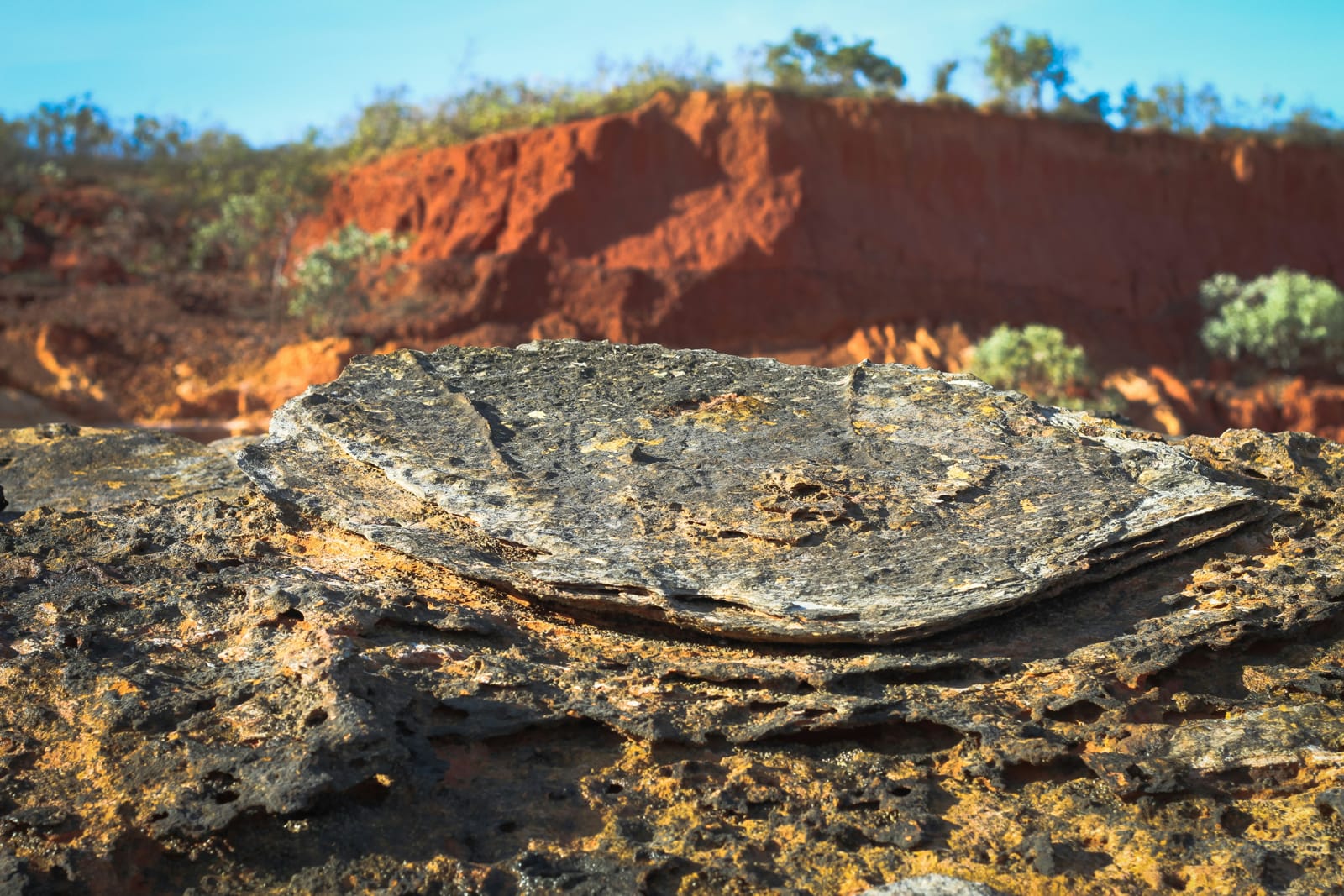The Australian government has issued a directive for five foreign companies with links to China to divest their stakes in Northern Minerals Limited within two months. The mining consortium is seeking to produce dysprosium, a heavy rare earth element used in powerful magnets for electric vehicles, industrial robotics and wind turbines, as well as advanced weapons systems. Treasurer Jim Chalmers made this decision on “national interest” grounds following advice from the Foreign Investment Review Board.
Australia’s move is part of a growing trend prioritising national interests over global economic integration. In 2022, Canada ordered Chinese investors to divest their stakes in lithium mines, citing national security concerns.
The risk, however, is that such moves could curb efforts to accelerate a green energy transition.
Rare earth elements, though required in very small quantities, are integral for various industrial and defence applications.
Rare earths, encompassing 17 elements, are not scarce, despite being termed “rare”. What is rare is low-cost and low-pollution processing capacity of these elements. According to the International Energy Agency, China holds a significant portion of rare earth reserves, accounting for 33.8% of global total as of 2022. However, it dominates nearly 70% of upstream mining and extraction, almost 90% of midstream processing and refining, and at least 50% of downstream applications, from electronics and electric vehicles to renewable energy technologies.
Rare earth elements, though required in very small quantities, are integral for various industrial and defence applications. China’s dominance across the supply chain has caused concerns, with former defence minister Kim Beazley highlighting that around “3,400 American weapons systems have Chinese rare earth components.”
Multinational partnerships are forming to counter China’s influence. Australia’s divestment decision signals its alignment with global allies. These efforts assume that China will use its dominance in the rare earth supply chain as a “lever” to gain an advantage in geopolitical competition.
In 2010, China imposed export quotas on rare earth elements, citing “environmental concerns and resource conservation”. This move led to a significant surge in global prices and prompted an appeal by Japan and the United States at the World Trade Organisation, which subsequently ruled against China’s export restrictions, concluding that the measures were designed to achieve “industrial policy goals” rather than environmental or conservation goals. As a result, China was forced to relax these limits.
In December 2023, China introduced the “Export Control Law” and “Rare Earth Management Regulations,” implementing strict export measures on rare earth separating technologies. These regulations are part of China’s broader strategy to tighten its grip on rare earth supplies, contributing to a recent rise in rare earth prices after years of price stagnation.
Australia is one of the world’s major rare earth producers, contributing 5.14% of global rare earth products, ranking fourth after China, the United States, and Myanmar. Northern Minerals Limited, notable for its Browns Range project in Western Australia's East Kimberley, is seeking to become the first producer of dysprosium outside of China.

Australia can probably scale up its rare earth metal and magnet operations without China’s technological inputs, but at considerable cost and over a long time. China has clear structural advantages over its competitors for at least the next 10 years.
Contrary to the common belief that China had a foresight plan to dominate rare earths, its position was developed through trial and error at a huge environmental cost. China’s growth in rare earth production was driven by policies such as the 1985 tax rebates on exports, which boosted production of low-value-added rare earth oxides, metals, and alloys. However, this led to over-exploitation in mining, and severe environmental degradation. This tax rebate policy ended in 2005.
Since then, China has shifted to a technology-driven industrial policy. China filed its first rare earth patent in 1985, behind global leaders such as Japan, the United States, and South Korea. In 2008 it surpassed Japan in patent applications, reflecting this policy shift to R&D. Starting in 2015, China saw an exponential increase in patent filings, and by 2020, it accounted for over 80% of all patents in rare earth-related technologies.
China will not remain idle while its competitors catch up. Instead, it continues to use industrial policy to support its enterprises in strengthening the entire value chain, including developing waste management technologies.
China has also show itself open to technology partnership. Malaysia, for example, is positioning itself as a significant player in the global rare earth supply chain. It aims to expedite the development of its rare earth processing capabilities by collaborating with China, leveraging Chinese technology to unlock rich mineral deposits. This collaboration, driven by Prime Minister Anwar Ibrahim, could significantly contribute to Malaysia's economic growth and job creation, and further consolidating China’s technological capabilities.
Australia’s decision, on the other hand, can have a cascading effect, leading more nations to further tighten control over critical resources, which in turn may delay the process of the clean energy transition, especially given the long lead times required to develop low-cost and low-pollution mining and processing capabilities.
Lessons from Europe can serve as a reference. To accelerate decarbonisation in the economy while ensuring a secure and resilient supply chain, the European Union plans to create a green tech partnership to diversify supply sources and reduce over-reliance on any single country. This partnership aims to supplement China’s supply chain and involves international coordination through trade, investment, and technology-sharing agreements, considering economic and environmental realities.
For Australia to take advantage of its innovation capabilities, it should become an irreplaceable technology partner in advanced minerals processing and refining technologies – the rarer resources – rather than in scaling up extraction and manufacturing in the global value chain. Climate change is one of the few global battles that both the United States and China are fighting together, so the bifurcation in technologies, processing capacity, and investment will make this challenge more difficult. Australia should actively contribute to making this challenge easier.

